The basis of any house is its foundation. When creating this structural element ...
|
|
Laying tiles in the bathroom or in the kitchen an integral stage of major repairs, with ... |
Beauty and reliability are the basic requirements that consumers make ... |
Inventory for correcting overlap on wallpaper with your own hands
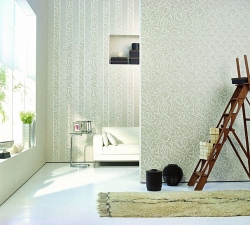
Quite often, in the process of wrapping the wallpaper, problems arise with the appearance of an overlap between two canvases. In order to eliminate this problem, a special inventory is needed. We learn about its features and manufacturing methods at home.
Table of contents:
- Wallpaper gluing: Technology and recommendations
- Inventory for wallpapering: features of application and functional purpose
- How to remove overlap on dry wallpaper
- General recommendations: how to remove the overlap on the wallpaper
- Glue wallpaper overlap: glittering features
Wallpaper gluing: Technology and recommendations
In order for the process of gluing or after it, there are no problems with the appearance of overlap, joints or other deformation processes, it is necessary to strictly adhere to the technology of mounting the wallpaper.
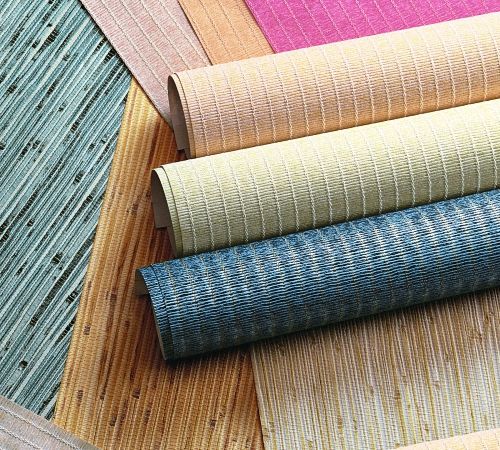
First of all, cutting the wallpaper, monitor the coincidence of the drawing among themselves, if necessary. For these purposes, use a pencil and a sharp stationery knife. Consider the interval between the ceiling and the upper part of the wall on which the canvas will be pasted. Particular attention should be paid to the choice of glue. Its type depends primarily on the type of wallpaper. In no case do not have a adhesive composition for paper, when gluing vinyl or non -woven coating. Large -quality glue also leaves yellow spots and darkening on the walls and on the wallpaper.
Choose the adhesive composition, which is distinguished by the optimal characteristics of moisture resistance, opposes the reproduction of mold and fungus, quickly dissolves, has a transparent structure. It is also necessary to cook glue strictly according to the technology, measuring the required amount of liquid not by eye, but with a special container.
Optimal conditions for wrapping work work - temperature at 18-22 degrees. If the room is hot, it is recommended to install a bucket of cold water in it. Due to severe heat, the wallpaper dry out quickly and unevenly. In addition, there should not be drafts in the room, and all windows and doors should be tightly closed for two days from the date of gluing. It is also not allowed to use air conditioners when gluing wallpaper.
An important role in the appearance of various kinds of defects after gluing wallpaper is played by the correct preparation of walls. First of all, the wall should be leveled, most often putty. Next, it must be primed, due to this, adhesion between the wallpaper and the wall increases and the antisepticity of the coating will improve. After applying ordinary soil, it is recommended to sin the walls again. However, the primer composition involves the use of wallpaper glue, diluted with water by twenty percent.

The place of applying the wall or wallpaper is determined by the type of material used in the finish. Before gluing paper wallpaper, you must wait for a certain time to soften them. The woven wallpaper is installed on the stomach, on which the adhesive composition is applied. Apply the glue slowly, thoroughly distributing it along the wall, since otherwise bubbles will form under the wallpaper. In order to achieve the evenness of the wallpaper, apply a plumb line with which the line of installation of the second canvas is repelled vertically.
There are two technologies for wrapping wallpaper: overlap or vask. The first option is used less often. After gluing the canvases, it is necessary to draw an even strip with a clerical knife and remove excess. In this case, it is possible to create absolutely even joints between the stripes. Do not forget to leave the supply, if the wallpaper has a certain pattern.
Apply glue on the canvas with a brush or an ordinary roller. Install the strip on a clean film or polyethylene. After gluing the canvas on the wall, unite all the bubbles, if necessary. In relation to the wallpaper and their varieties, a different tool is used for these purposes. If the wallpaper is paper, then an ordinary rag is enough. When smoothing non -woven or vinyl wallpaper, a rubber roller, a plastic tool or a special brush are used.
The margin of the canvas is cut off with a sharp knife and ruler. If the wallpaper is vinyl, then a wall is left under the curb, and the wallpaper at the site of the plinth is cut off. This is necessary so that the foam or plastic skirting is well held on the wall. On the vinyl coating, it will not be fixed, even with glue.
In order to avoid the discrepancy between the joints on the wallpaper, their exfoliation, break, it is necessary to pay special attention to the process of drying them. Over this time, it is not allowed to have drafts in the room. Ventify the room is allowed only after 3-4 days from the date of gluing.
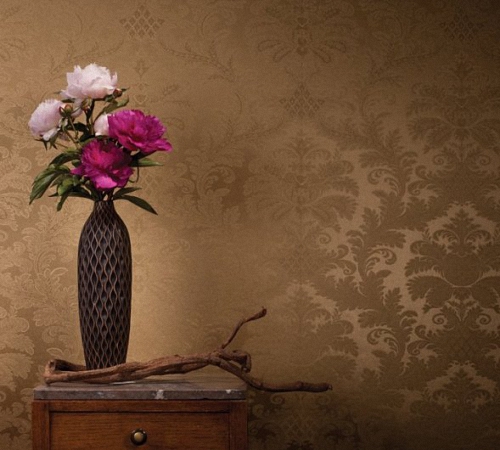
Inventory for wallpapering: features of application and functional purpose
The quality of wallpaper gluing is determined by many factors, including the tool used in the work. In any case, when gluing wallpaper, you will need:
1. Conventional pencil - with it, marking the installation site of the wallpaper is performed. It is forbidden to mark with a marker, felt -tip pen or pen. Wind wallpaper can absorb paint.
2. Steel line - it is suitable not only to cut off unnecessary parts of the wallpaper, but also with its help marking on the walls is applied. The metal line is resistant to mechanical damage, therefore it has a perfectly flat surface and does not break during operation.
3. The clerical knife is an indispensable tool in this matter. It should be sharp and new. With the help of a stationery knife, the wallpaper canvases are cut and unnecessary residues are removed. In the process of use, break the notches on the knife, for better cutting. To do this, use pliers.
4. The scissors are large - with their help the wallpaper is cut in an inaccessible place, cut holes for pipes, sockets and switches.
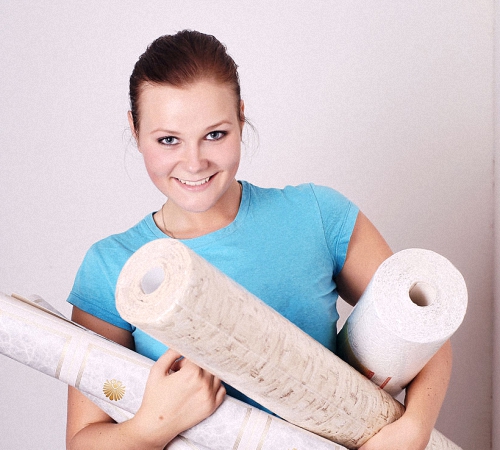
5. Using a roulette, it is possible to measure the length of the canvas and other necessary sizes.
6. In order to build strictly perpendicular angles, we recommend using the square.
7. The thin thread and truck are the main components of the plumb line. With its help, it is possible to determine the vertical of the installation of wallpaper on the wall and, if necessary, adjust it.
8. The level performs the same function as the plumb line, with it it is possible to check the evenness of the wallpaper gluing.
9. Control for breeding glue. For these purposes, we recommend using a special container in which the glue roller will easily fit.
10. The wallpaper brush - this tool smoothes the canvas on the surface of the wall. When choosing a brush, we recommend that you dwell on options with a short or hard pile.
11. Construction drill with a mixer nozzle or sticking stick. In the process of preparing the adhesive composition, special attention is paid to getting rid of lumps, which later manifest on the walls. Therefore, it is recommended to stir the glue with a special mixer.
12. In order to cut the wallpaper in the butt areas, use a metal spatula, and with the help of a wallpaper spatula, the canvas on the wall is made.
13. In order to smooth out thin wallpapers, it is recommended to use a wallpaper roller. With it, the remains of glue or air easily disappear from the wall.
14. In addition, rollers are distinguished for processing butt areas and angles. They will also be needed when gluing wallpaper.
15. To apply glue, the presence of a brush or a painting roller with a bath is required.
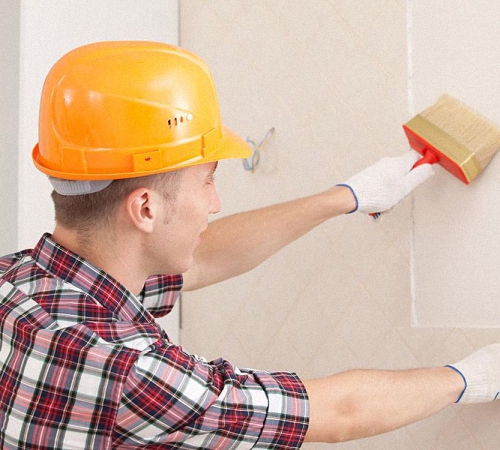
To correct seams, discrepancies, joints, bubbles, you will need to prepare tools in the form:
- patches, with a pattern of the same as a joint;
- decorative tape or cord;
- wallpaper glue;
- scissors, knife and pencil;
- brushes or sponges;
- roller;
- sandpaper;
- water;
- Pastes for tinting color.
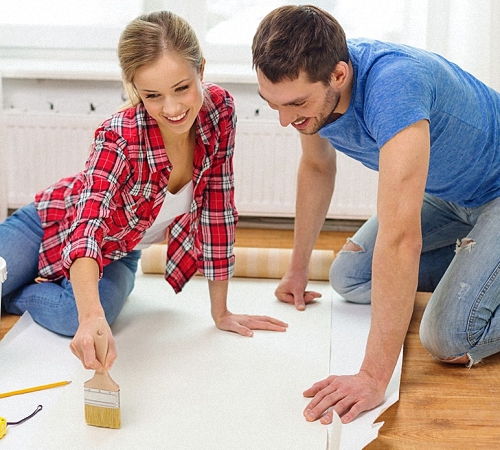
How to remove overlap on dry wallpaper
Before correcting the overlap on the wallpaper, it is necessary to determine the cause of its appearance. If the overlap appeared after the wallpaper has dried up, then most likely, after applying the glue, the wallpaper overshadowed and they stretched out. After drying, they took the original shape and an overlap appeared.
In order to remove the overlap of wallpaper, perform the following actions:
1. Drink the edges of the paintings with water, wait a certain time until they are softened.
2. Apply glue to the canvases to fix the joints, keep in mind that it is quickly settled.
3. Comers the joint with your hands, tightly press the wallpaper together. Fix them in this position using a special roller.
4. Also with a roller get rid of excess air, and to remove glue, wipe the wallpaper with a sponge.

If the joint between the wallpaper has completely dispersed, then in this case, it is necessary to act differently. First of all, soak the canvases with water and wait until they begin to move away from the wall. Try to put the joints on glue and connect them among themselves. If this could not be done, then decorate the surface with a special tape or rope.
If you could not connect the wallpaper, then use this method. From the unnecessary part of the wallpaper, with the help of fine sandpaper, wipe the upper coating. Add a little glue to the powder, apply the composition to the wall. If it differs from the wallpaper in color, heal the site with special paste.
Another option for getting rid of the joint, making a patch with which the wall closes. It is installed under the canvas, and a sharp knife is used to remove surplus.
Remove the overlap on the wallpaper with a video:
General recommendations: how to remove the overlap on the wallpaper
The displacement of the joint or overflow in the process of gluing wallpaper is evidence that the canvas was set not in the ratio with the level. Especially often there are overlaps in the corner areas of the room. In order to get rid of them, overwhelm the canvas, if possible.
If the previous canvases were also pasted with a displacement, then this problem cannot be solved. If you notice the overlap only after the wallpaper dries, it is necessary to perform their trim in the mirror direction. If, after cutting the wallpaper, the joint appeared at the site of the overlap, then to eliminate it, it is necessary to moisten the wallpaper with water, start the junction of glue for joints and fix the canvases in the required position.
To prevent the appearance of overlap, it is necessary to check the evenness of each canvas with a level or plumb line.
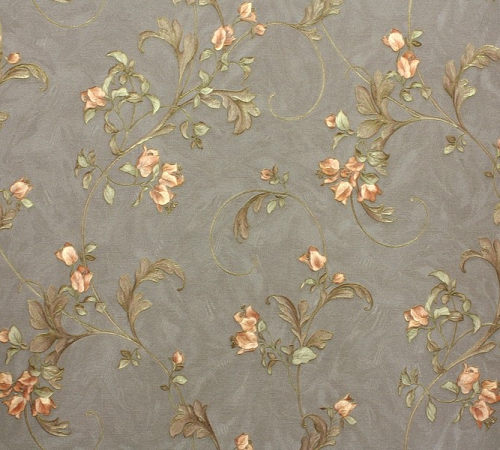
Sometimes there are situations when joints diverge or exfoliate from the wall. The reason for this is most often a violation of the technology of drying the wallpaper or insufficient application of glue to the junction of the joint. To remove the defect, it is enough to enter the glue under the wallpaper with an ordinary syringe.
Insufficient impregnation with wallpaper glue leads to the appearance of bubbles on their surface. To eliminate this defect on the surface of the raw wallpaper, it is enough to smooth them with special devices. After drying the wallpaper, it is necessary to take other measures to eliminate the bubbles:
- Pierce the bubble with a needle and release air from it;
- Take the glue with a syringe and stick the needle under the wallpaper, running the adhesive composition there;
- Comers the defect with a special roller;
- Remove glue on the wallpaper with a sponge.

Glue wallpaper overlap: glittering features
There are two ways of gluing wallpaper: butt and overlap. The first option is more popular, but it is more difficult to perform it. Wallpaper gluing allows you to perform work quickly and does not require some experience in conducting finishing work.
The technology for installing wallpaper with an overlap involves fixing one edge of the canvas on the surface of the second. The advantages of this method of installation of wallpaper are as follows:
- The connection is particularly reliable, thin cracks will not appear between the wallpaper;
- The process of gluing wallpaper is reduced several times, three hours are enough to glue wallpaper in a small room.
The disadvantage of this method is a greater consumption of material than when gluing wallpaper. In addition, overlapping can not glue all types of wallpaper. For example, vinyl wallpapers do not glue. Since this type of wallpaper has a certain density, gluing them with an overlap will look unattractive. In addition, to fix one side of the wallpaper on the vinyl, it is necessary to use a special glue, which over time still leaves.
Most often, with an overlap, a paper -based wallpaper is installed. Start glue the room from the window. Try to cut off the maximum smooth stripes. Before fixing the canvas on the wall, draw a flat line with a pencil, use the plumb line to check its verticality.
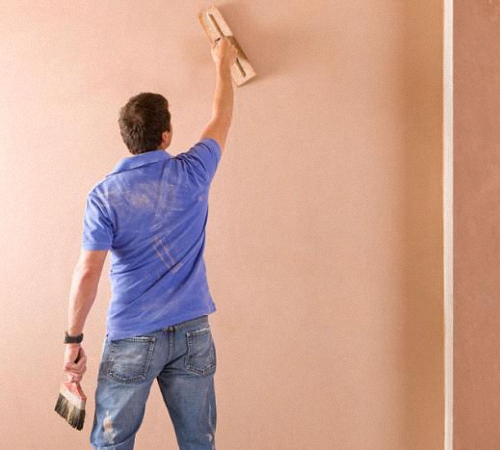
In order to ensure high -quality fixation of the wallpaper in the corners, one canvas should block the second by 5 cm. The process of gluing wallpaper in the overlap does not take much time, however, after its implementation, it is still not allowed to create a draft for at least two days in the room.
During the operation of wallpaper, sometimes certain areas begin to exfoliate at the joints. For their additional fixation, run a little glue under the wallpaper and press the canvas to the wall with a rubber roller.
Compliance with the technology of wallpaper gluing, the correct choice of glue, the absence of drafts, all these factors are the key to the successful completion of the repair and help to create an aesthetically attractive wall covering without any defects in the form of bubbles, joints, abrasions, etc.
How to remove the overlap on the wallpaper video:
